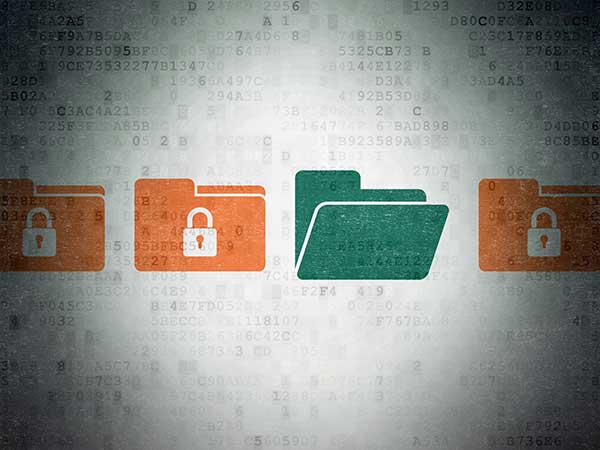
You may have noticed a new symbol on some of our resource pages:
This is a Creative Commons license. When you see this symbol, you’re free to use, share, and re-purpose the material in your classroom as you see fit. The symbol designates the material as an open-education resource, or OER for short. Open-education resources are part of an emerging content revolution, with the potential for immense impact in the classroom and beyond.
What exactly is OER?
The Hewlett Foundation defines OER as . . .
Teaching, learning, and research resources that reside in the public domain or have been released under an intellectual property license that permits their free use and re-purposing by others. Open educational resources include full courses, course materials, modules, textbooks, streaming videos, tests, software, and any other tools, materials, or techniques used to support access to knowledge.
With OER, you are no longer beholden to static (and sometimes stale) textbook content. Instead, you can adopt, adapt, and share resources to meet your students’ specific needs. Open content can be retained, reused, revised, remixed, and redistributed.
The OER movement is gaining momentum: Fourteen states have joined the U.S. Department of Education’s #GoOpen Campaign, which supports initiatives to help school districts and educators transition to OER in their schools. Some districts are moving exclusively to OER content, while others are using OER as a supplement to traditional resources.
How does OER fit in my classroom?
Using OER in your classroom can be exciting but also challenging. You need technology that supports digital learning, time to find and evaluate OER content, and the will to tweak (or overhaul) your curriculum depending on the OER resources you choose. Ask yourself these questions:
- How do I find OER resources that fit my teaching style and match my students learning needs?
- How can I be certain the content is useful and aligned with learning standards?
- How can I be sure the resource is compatible with my school’s technology?
We grappled with these questions as we developed our own OER materials, including our minilessons, writing topics, and student models. Our goals were to make these resources easily accessible, simple to use, standards-aligned, and optimized for any technology platform.
The resource videos below explain how each OER type can fit within an existing or revised curriculum.
Minilessons
Writing Topics
Student Models
Where else can I find OER materials?
The following sites are great places to explore other OER materials:
- OER Commons includes a vast collection of OER materials searchable by subject, grade level, and learning standard.
- Smithsonian Learning Lab features more than a million images, recordings, and texts that can be reused, shared, or adapted.
- Curriki includes thousands of OER materials vetted by educators and searchable by subject, grade level, and learning standard.
- ShareMyLesson includes a host of “open” lesson plans.
- EDSITEment features OER materials for the humanities.
How can I learn more about OER?
Visit these resources for further reading on OER:
